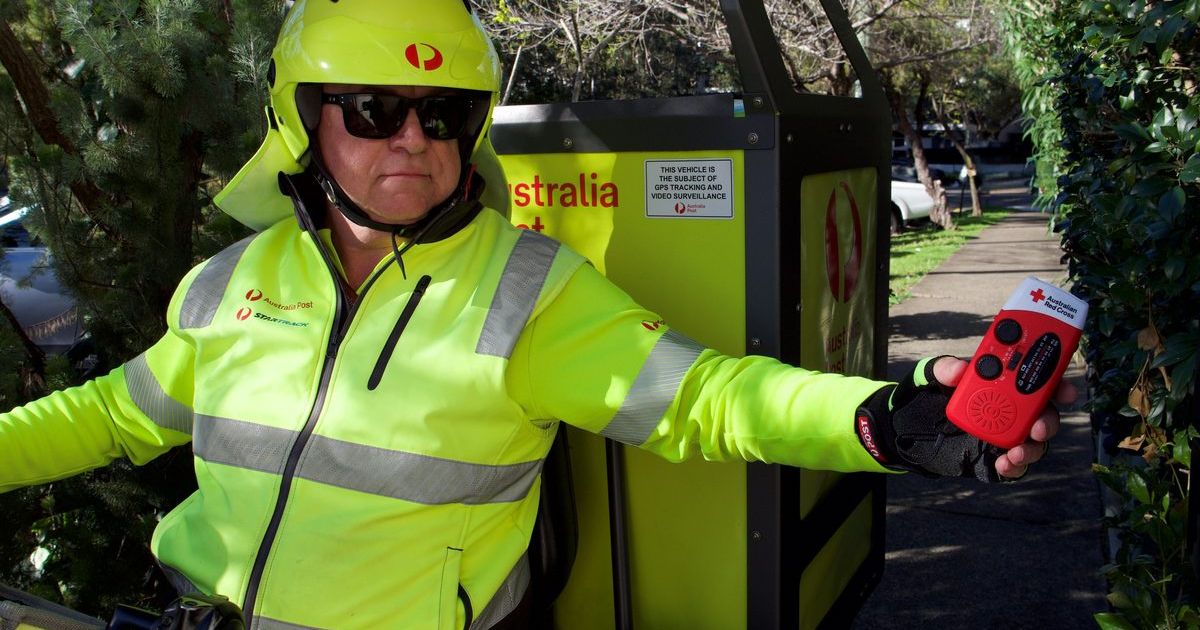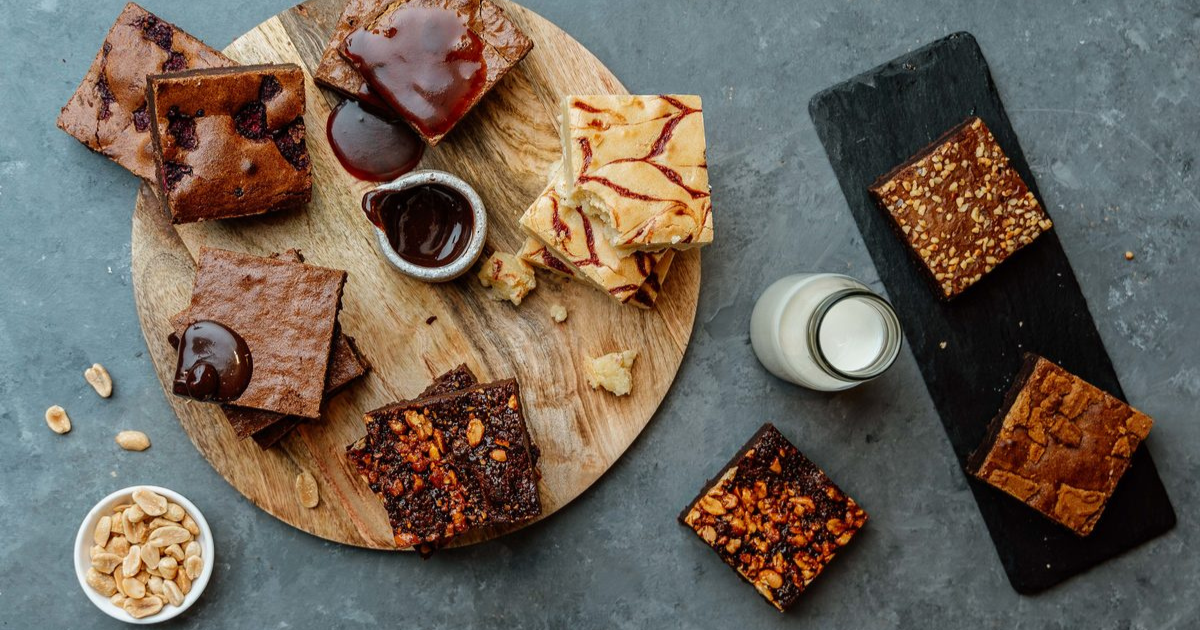Heathcote’s grand pastoral run

Grand old dame: Mount Camel homestead built in the late 1870s and photographed in 1975. Photo: JT COLLINS/ STATE LIBRARY OF VICTORIA
The Mount Camel Estate
IN the 1840s, the wider Heathcote district was home to several large pastoral runs including what was then known as Mount Campbell Station.
Its first owner, Willliam Keith, sold the property to Margaret Hyde, a widow, in 1847.
She paid £1419/12/0 for a lease of 40,000 acres of crown land and about 2200 mixed sheep.
Her stepson John Hyde built a house for her and she lived there until the early 1860s.
Brothers Hugh and James Robertson from Launceston in Tasmania were the next proprietors but Hugh left not long after James’s death in late 1864.
The station was then bought by Charles Percy Davis and it became known as the Mount Camel Estate with a new homestead bulit in the 1870s.
Wool production was always at the forefront of its activities and by 1902 it was home to 8500 sheep, including 3300 stud ewes.
In October 1903 the McIvor Times reported on a study by a Mr SB Hollings into sheep-dipping methods which highlighted the quality of the estate’s produce.
“In quoting a few of the brands of Australian wools he mentions Mr CP Davis’s Mount Camel brand as having obtained the record price of 17½d per pound in the grease for Australasian wool at the 1902-3 sales,” the report said.
“Mr JJ Farley of Heathcote, who is agent for Cooper’s celebrated sheep dipping powder, informs us that the Mount Camel wool was dipped in that preparation.”
By 1908 the Mount Camel Estate comprised 8000 acres of freehold land valued at £3 per acre.
In December 1910 more than 3000 acres went to auction and sold at £8 to £9 per acre.
Changes in land selection laws, Crown leases and ownership rights had shrunk the original squatters’ runs from the 1840s onwards.
Subsequent land sales eventually consigned the Mount Camel Estate to history.
In 2023 the Mount Camel region is still home to sheep farming, but wine making and other boutique agricultural industries such as olive production also flourish.
Father and son: a life of service

Scots-born John Begg was appointed as manager of the Mount Camel Estate in 1871 and he remained in the role until his death more than 35 years later.
His son Arthur worked alongside him, with both men also taking an active part in district affairs.
Mr Begg senior was one of the first members of the Heathcote Agricultural, Pastoral and Horticultural Society, and was also an active freemason.
Arthur Begg was a McIvor Shire councillor for many years and was Shire president in 1906-07, as well as serving on numerous local committees including the rifle club and the Scouts.
When the McIvor Times reported on John Begg’s accidental death in October 1908, it was lavish in its praise of his achievements.
“During his long period of service on the Mount Camel Estate he did much to make it what it is at the present time, one of the model estates in Victoria, and was highly esteemed by the employees, who feel his sudden death very keenly,” the report said.
“He was of a genial and kindly nature, and was very widely and greatly respected in the town and district, visitors to the estate always being warmly welcomed and hospitably entertained, in fact the name of John Begg will always be remembered with feelings of the tenderest regard.”
Six years earlier the paper had published a detailed description of life at Mount Camel which showed how central the father-and-son team had been in its development and success.
“A visitor to the above well-known estate cannot fail to be struck with the great improvements that have been effected all round within the past year or two and are still being carried on under the supervision of the capable and genial manager, Mr John Begg, whose association with this very fine property dates back some 31 years,” the report said.
“The homestead is approached along a very pretty drive from the main road, and nearly half a mile in length, fringed with splendidly grown pines, oaks, elms, oriental planes and other deciduous trees, grevilleas, olives, and the Queensland currajong also finding a place.
“These trees were nearly all planted by Mr Begg, or under his supervision, and naturally he is very proud of them.
“Mr Begg has a considerable number of very fine camellias in the greenhouse, and when in full bloom these alone should be worth going a long way to see.
“Mr Davis is to be congratulated upon having such a fine property as Mount Camel, and on the excellence of his flock; also on having such capable managers as the Messrs Begg.
“That he appreciates them he has given frequent proof, and it is well known that the feeling is reciprocated.
“Mr Arthur Begg has never left the estate since he returned from college over twenty years ago.
“He now has full charge of the stock, and that he is following worthily in the steps of his father is evidenced by the success attending his efforts.”


















